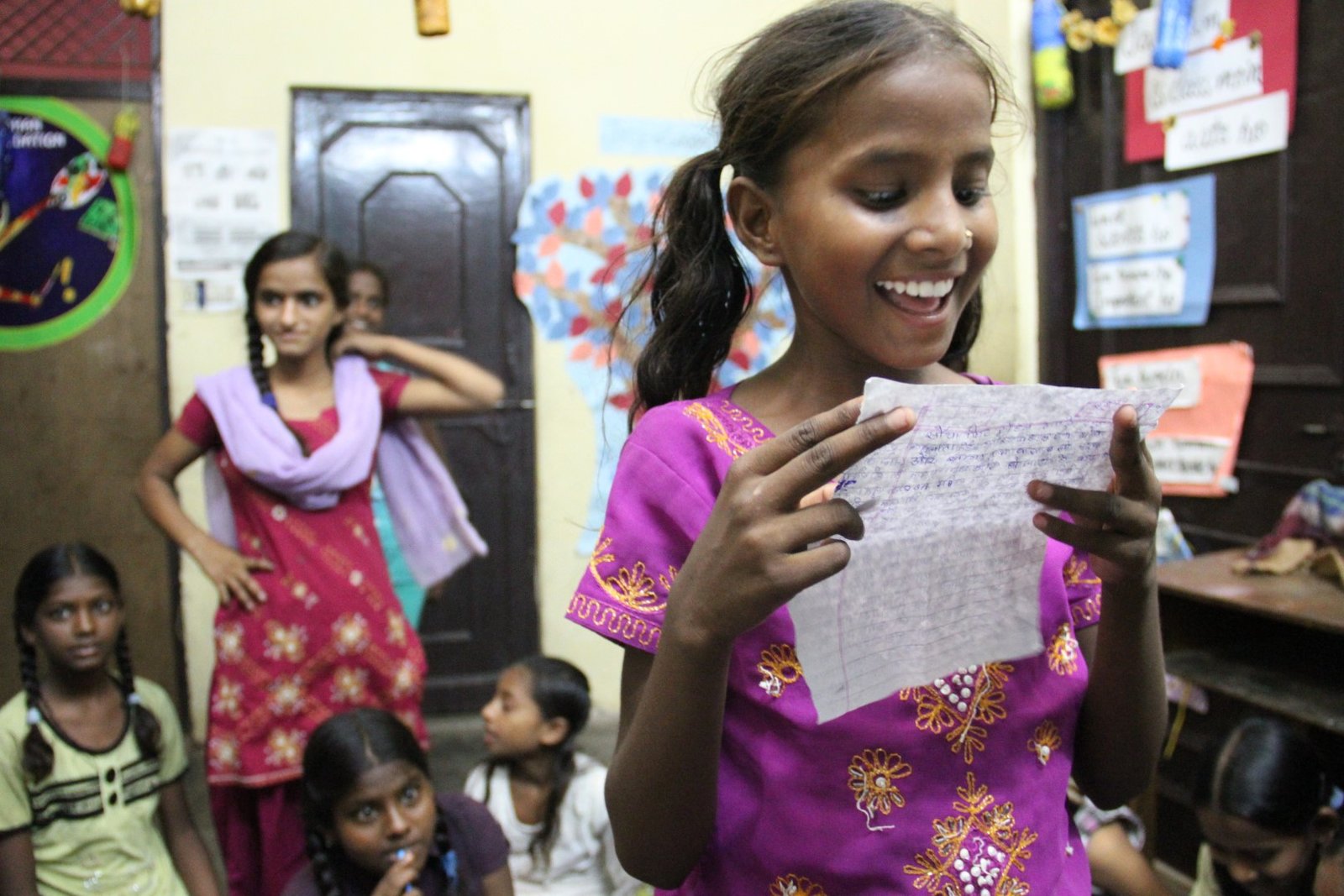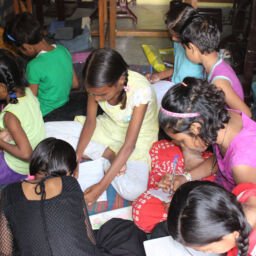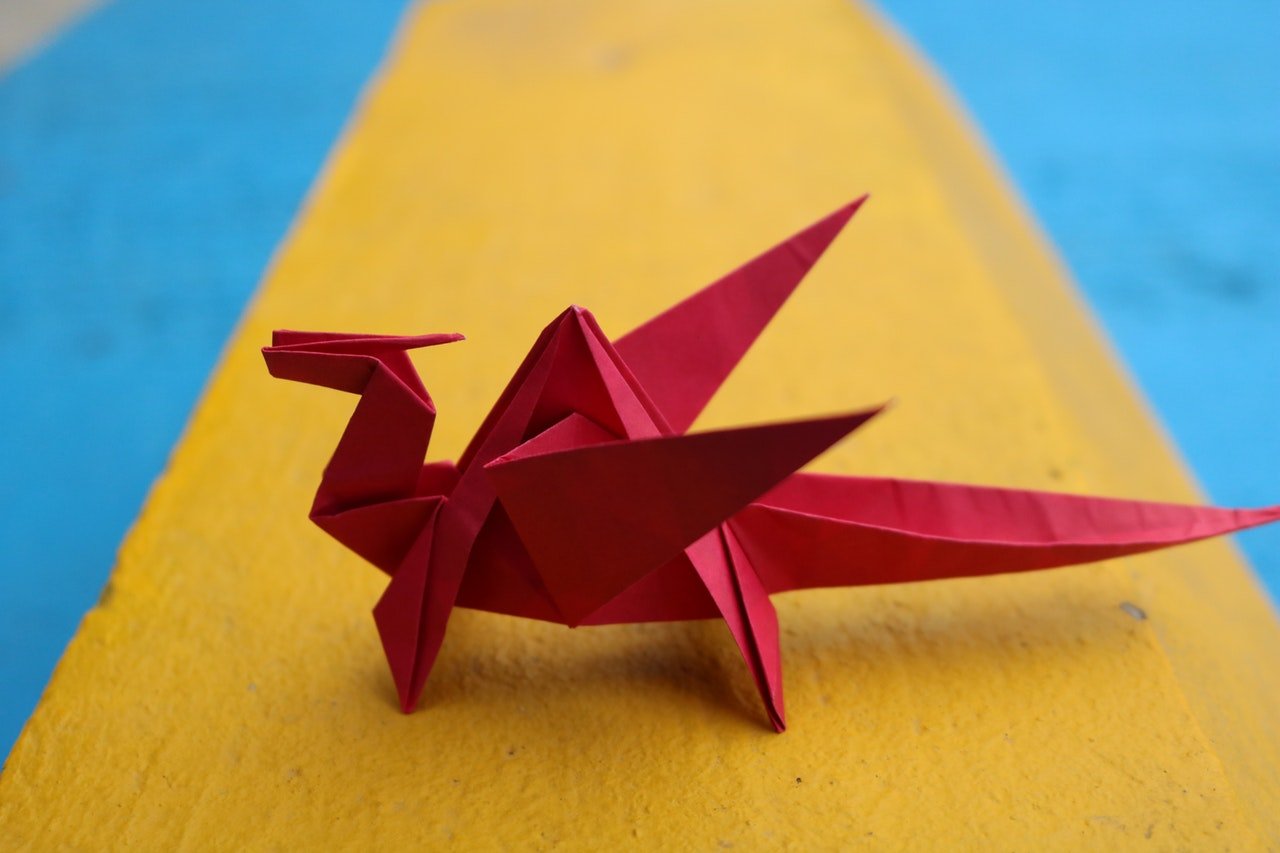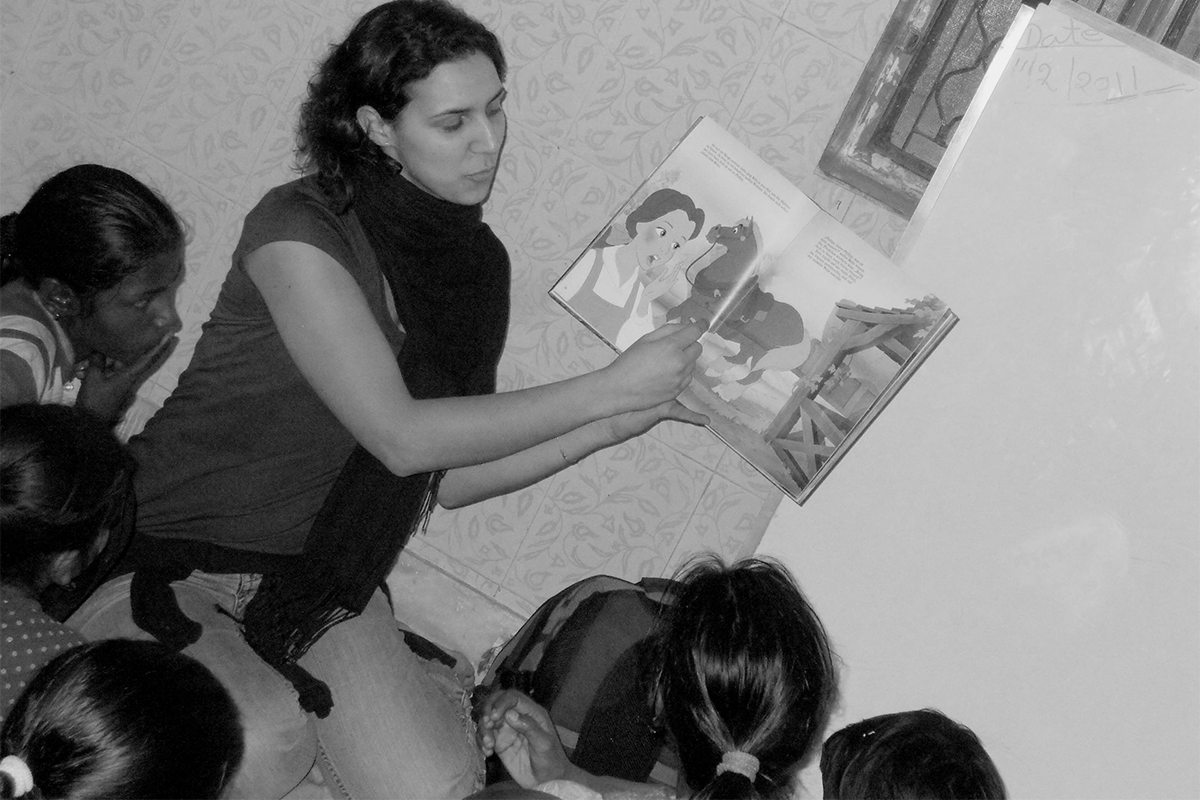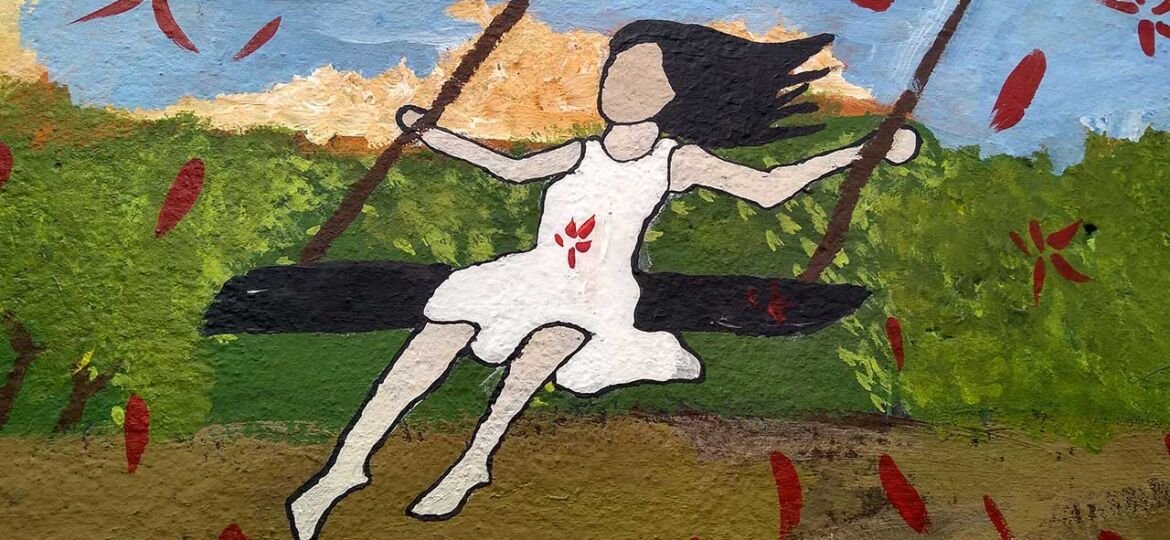
World Menstrual Hygiene Day – 28 May, 2019
28th May is celebrated as the World Menstrual Hygiene Day and the theme for 2019 being- ‘It’s Time for Action’. Network for Enterprise Enhancement and Development Support (NEEDS) introduced one of its kind innovation to take discussions around menstrual hygiene to the last miles and that is through visual art. This year on the World Menstrual Hygiene Day, Srilekha Chakraborty, an independent gender rights activist who has been running a campaign in Jharkhand called #PeriodsPeCharcha partnered with NEEDS and two artists named Shruti Ghosh and Francis Xavier Mathew from the Sristhi School of Art, Design and Technology; Bangalore to use art as a medium to talk about menstruation. The purpose is to initiate a movement to make murals and get these walls echo about menstruation and menstrual health demanding a need to prioritize knowledge around menstrual health in the communities in the health and hygiene policies.
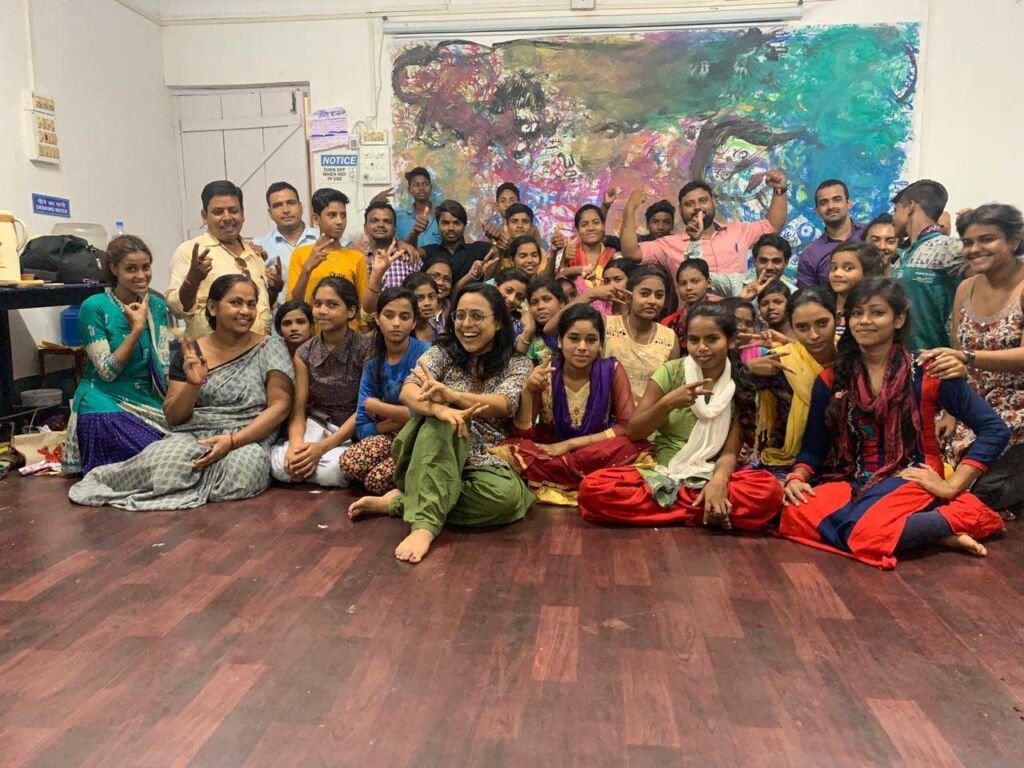 What is #PeriodsPeCharcha: Celebrating Menstrual Hygiene Day
What is #PeriodsPeCharcha: Celebrating Menstrual Hygiene Day
Srilekha who runs and online campaign #PeriodsPeCharcha on Change.org has more than 1.5k supporters who are demanding mandatory menstrual hygiene services for young girls in Anganwadis of Jharkhand before it’s too late and through her campaign she is initiating a dialogue on menstruation among the villagers. Menstruation is often considered as a women’s issue but it’s time we consider it as a Public Health issue and prioritize it. The majority of policies and services for women prioritizes on maternal health but the question is that how is menstruation a secondary concept and not prioritized under reproductive rights of women. This narrative needs to change and made more inclusive.
The state already has a strong network of Anganwadi workers who work in villages to provide information to women on health and nutrition. But most of the Anganwadi workers are not trained to talk about menstruation and don’t have any tools to pass the right information to the girls in Jharkhand. Srilekha’s petition demands simple menstrual hygiene services in each Anganwadis of Jharkhand. This may include brochures, books and posters on information on menstruation, availability of biodegradable pads and cloth pads, and ensuring regular iron tablets and monthly checkups on anemia for young girls.
Where did we Paint the Village Red?
NEEDS is a 20-year-old organization working in marginalized pockets of India around livelihood, reproductive health and child protection. Under one of the program named, Marriage No Child’s Play powered by the More Than Brides Alliance, NEEDS aims to curb early marriage for young girls between 10-19 years in Deoghar by providing them aspirations in their life and connecting young boys and girls to financial literacy and Sexual Reproductive Health and Rights.
The More Than Child’s Play programme in Jharkhand India is building resilience to 5000 adolescent girls and boys since 2016 by increasing their knowledge on Sexual Reproductive Health and Rights. Working on Menstrual Hygiene Rights through meaningful participation has been one of the major community empowerment strategies for NEEDS as the organization believes that knowledge around menstruation is one of important aspects of development for young girls. Mr. Murari Mohan Choudhury, Director of NEEDS feels that ‘Menstrual Hygiene is one of the most critical health right of women and equally most unattained subject that remains hidden in the manuals and guidelines, this is high time community talk widely about this and ask for due attention of policy and decision makers.’ He also thinks that Civil Society Organizations can pilot such innovative models using art for social cause and talk about taboos like menstruation but it is ultimately government who has to adapt these plans in mass scale and take things forward.
What message does our wall art voice?
The Central Government of India, under the flagship of Swachh Bharat Abhiyan, promised to bring ‘Comprehensive Sanitation and Hygiene’ amongst people in rural India since 2014. However, the wall writings on Swachh Bharat Abhiyan has been speaking about toilet construction and cleanliness only. There are no wall writings in the walls that ever speak about menstruation as a hygiene agenda or encourage people to challenge the taboo. Hence the need to make wall murals to bring into the notice of the authority that –Menstruation matters. These wall murals demand that Swacch Bharat Abhiyan should prioritize wall writings on menstruation as a visual tool for awareness the way it does for cleanliness and the toilet agenda. For a 15-year-old Girl Leader Anisha from the community ‘It’s great to be the part of the project as when young girls get their periods in the village they are asked not to share it with anyone by the women in their house. If there is a visual art in front of them in the village then the young girls will not feel afraid to talk about menstruation’.
The wall writings are one of the appropriate ways to educate mass in the grassroots for ages. The murals involve the adolescents, men and women from the community in its making and this breaks a barrier around menstruation already. The murals are made in the walls of community centers and are done beside main roads for people to not have an option but engage with the wall every time they pass by. The course of making the murals had people coming up and asking about the painting, we handed over little pamphlets to them that had information about menstrual health.
Srilekha thinks, ‘If Swacch Bharat Abhiyan considers knowledge and awareness on menstruation as one of their agendas and starts having wall paintings around it then we can have people stop, think and address the taboos and accept menstruation as a natural phenomenon soon.’
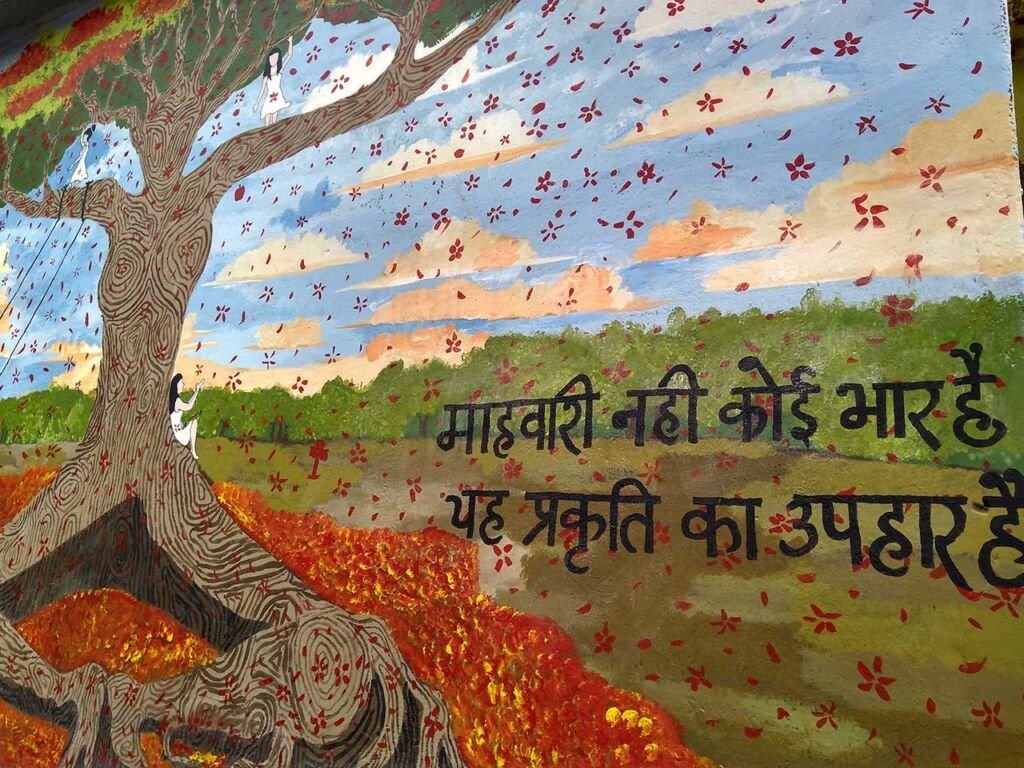 The Story of the Murals:
The Story of the Murals:
The idea of making the murals were to involve the community since the beginning or else there wouldn’t have been any ownership towards accepting the murals in their space. So Srilekha, Shruti and Francis conducted a four days’ workshop with 35 youth and social workers from the community and made them explore painting and get used to colors and through that learn self-exploration, talk about taboos and gender. The aim was to gradually weave their own stories that they would like to see in the walls of the villages challenging stigma around menstruation and that they end up painting the mural with the artists.
The girls in the Madransare village were known to be a crazy bunch of hooligans because they keep climbing trees all the time. Hence we came up with a story of a Gulmohar tree with red Gulmohar flowers that symbolizes period blood and painted it in the wall. The huge Gulmohar tree had young girls on it plucking fruits, swinging in the go with fun and reading a book below the shade. A lot of young girls after their puberty are asked to stop playing outside, are refrained from going to school and are asked not to touch fruits or vegetables. This mural near the common tube well where people come to fetch water is definitely a beginning of a dialogue about menstruation as no one can refrain but talk about it.
The second mural in the Naya Bhadiyara village is also beside a community hall and beside the high road that takes people to places. The wall seems to be just out there as a piece of an imagination, it has a young girl in yellow surfing in the sea with huge waves and the waves are red in colour that symbolizes menstrual blood. The surfing boat here is a sanitary pad which she confidently rides. Menstruation is natural. But in marginalized communities of India a young girl during her puberty undergoes shame, she is misinformed and struggles through the course through taboos and social stigma. The mural with a message appeals the young girls to feel safe, confident and informed during their periods and not shy away but sail through their dreams.


